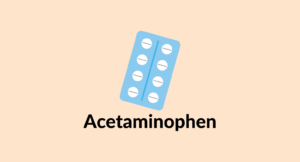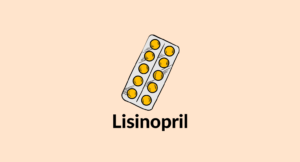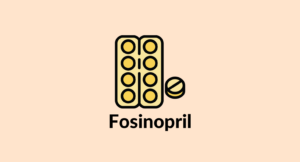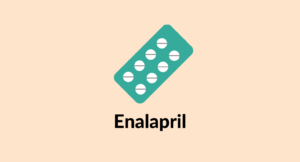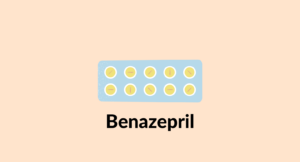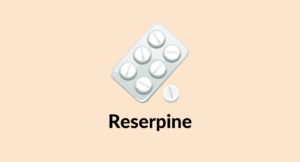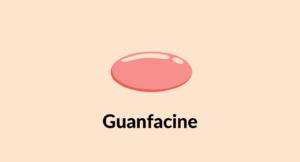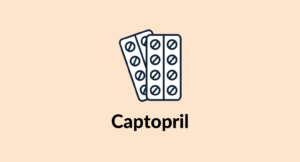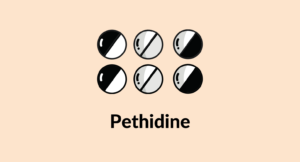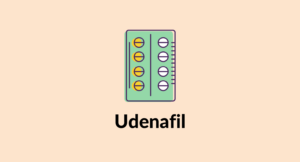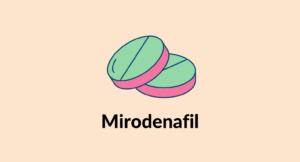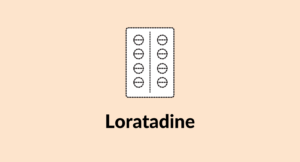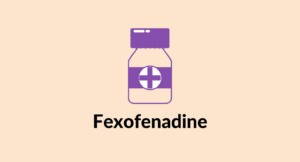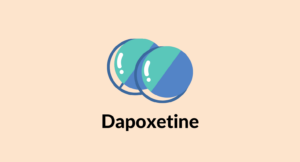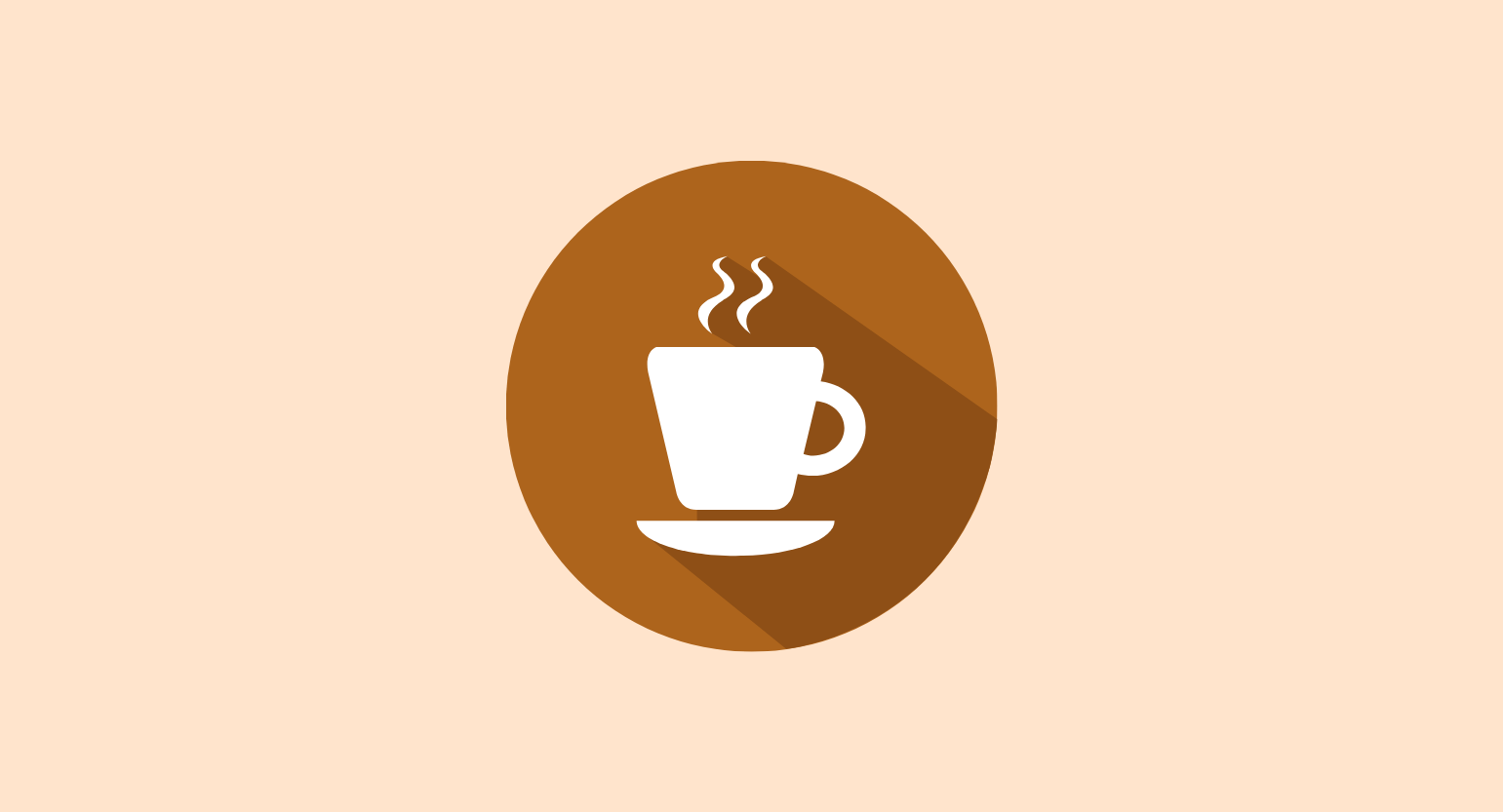
Does CBD Interact With Caffeine?
Information on risks & possible interactions between CBD & caffeine.
Caffeine is a psychoactive central nervous system stimulant and synergizes with cannabinoids like CBD.
Many people mix CBD with their coffee or caffeine supplements as a way to boost focus and concentration while minimizing the side effects of caffeine itself. But is this combination safe? Is it effective?
We’ll explore all the potential interactions between these two common supplements below.
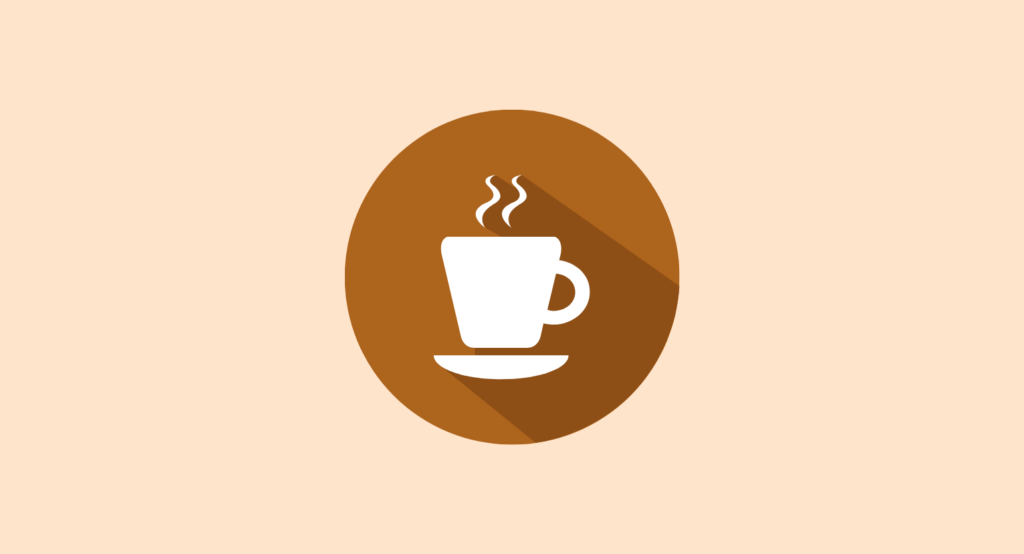
Does CBD Interact With Caffeine?
Yes, CBD and caffeine will interact with each other when taken together. However, this interaction could be more of a positive than a negative.
There is also a chance CBD could negate some of the stimulating effects of caffeine.
The synergistic effects of these two agents are quite potent, bringing about changes within minutes of consuming them.
1. Antagonistic Interaction (Decreased Effect)
An antagonistic interaction happens when two or more substances have opposite effects and cancel each other out.
This is the primary type of interaction between CBD and caffeine. CBD is a nerve relaxant, while caffeine is a stimulant.
When taken together, CBD negates some of the stimulating effects of caffeine. This is a good thing, as it blocks many of caffeine’s negative side effects, such as tachycardia, jitteriness, and anxiousness.
2. Metabolic Competition (Slowed Elimination)
In this specific type of interaction, CBD competes with medications to have access to the same enzymes. In most cases, CBD and the drug need these enzymes in order to be metabolized.
This results in them competing for the enzymes —an interaction called metabolic competition.
Caffeine is largely metabolized by the CYP1A2 enzymes [3]. CBD has a slight inhibitory impact on this enzyme, which could lead to an elevation of serum caffeine levels with repeated consumption. Over time, this could lead to side effects as the body struggles to keep up with caffeine metabolism. This is only a concern with repeated CBD and caffeine consumption.
It’s wise to take periodic breaks away from caffeine, CBD, or both and always use both in moderation.

Is It Safe to Take CBD & Caffeine Together?
Yes, CBD and caffeine are safe and considered synergistic together. This means CBD and caffeine work together to produce a sense of alertness and focus while reducing many of the side effects of caffeine’s stimulating profile.
Although the exact interaction between CBD and caffeine is still being studied, no evidence yet exists that proves that these agents should not be taken together.
Is CBD a Viable Alternative to Caffeine?
CBD is not a viable alternative to caffeine because it has entirely different effects. CBD is a relaxant, while caffeine is a stimulant.
However, CBD and caffeine work synergistically together. It’s common for people to take their dose of CBD at the same time as a morning coffee because CBD seems to negate many of the negative side effects of caffeine.
What is Caffeine?
Caffeine is a stimulant and a psychoactive agent that’s widely used by the world’s population, especially since it is one of the few psychoactive agents that is not regulated. It’s found naturally in the seeds of plants.
Caffeine is classified as a purine, making it structurally similar to adenine and guanine in human DNA and RNA. The generic names of caffeine include guaranine, methyltheobromine, 1,3,7-trimethylxanthine, and theine.
There are many confirmed benefits of caffeine, and it’s in the WHO Model List of Essential Medicines. It’s a common medication used in the Neonatal Intensive Care Unit or NICU to treat breathing disorders in premature infants.
Caffeine is considered safe by the Food and Drug Administration (FDA) in the United States.
Caffeine is a CNS stimulant with a bioavailability of 99 percent and a half-life of 3 hours to 7 hours in adults, 8 hours in full-term infants, and 100 hours in premature infants.
The chemical agent takes approximately one hour to take effect and lasts for 3 to 4 hours. It’s then metabolized in the liver, mainly by the CYP1A2 enzyme, into different metabolites, namely, theophylline, theobromine, and paraxanthine.
After it’s metabolized in the liver, caffeine is eliminated through urine.

Caffeine Specs:
| Drug Name | Caffeine |
| Other names(other generics) | Guaranine, Methyltheobromine, 1,3,7-Trimethylxanthine, Theine |
| Classification | CNS Stimulant |
| CYP Metabolism | Primarily CYP1A2, as well as CYP2E1, CYP3A4, CYP2C8, CYP2C9 |
| Interaction with CBD | Synergistic, Possibly Antagonistic |
| Risk of Interaction | None |
How Does Caffeine Work?
Caffeine is widely known for its main benefit of producing wakefulness and significantly increasing concentration. There are several known mechanisms of action for this effect and other effects of caffeine. However, the most commonly used and popular one is its effect on Adenosine receptors.
Drowsiness and feeling sleepy result from the activation of adenosine receptors, which in turn, is due to the accumulation of Adenosine in the synapses over time. Caffeine inhibits these Adenosine receptors, hence antagonizing the effects of Adenosine to produce wakefulness.
Caffeine specifically inhibits the Adenosine A2A receptor; when activated, it increases the effects of GABA, an inhibitory neurotransmitter, on histaminergic neurons in the ventrolateral preoptic area.
The importance of inhibition of these neurons is that their activation is important for arousal and wakefulness. As caffeine inhibits the inhibitory actions of the A2A receptor, these neurons can stay active and promote arousal.
Caffeine inhibits all Adenosine receptors, namely, A1, A2A, A2B, and A3. However, it does so to produce different effects and with different affinities for different receptors. The main benefit is felt through inhibiting the A2A receptor, whereas the main side effect of caffeine, heart palpitations, is felt as a result of inhibition of the A1 receptor.
Side Effects of Caffeine
Caffeine is a psychoactive agent that is not regulated and is available for use by anyone. However, it has certain side effects that people should be aware of before choosing to consume the huge amounts of caffeine, especially in the form of coffee, that they do.
Some of the common side effects of caffeine include:
- Abnormal heart rhythm
- Anxiety
- Dehydration
- Dizziness
- Headaches
- Insomnia
- Restlessness and shakiness
- Tachycardia
- Tremors
Safety Concerns of Caffeine
Despite its popularity, caffeine use is not recommended for all age groups and populations, especially those belonging to the following categories:
- Pregnant women, as it can cross the placenta
- Breastfeeding women, due to the passage of small amounts of caffeine to the baby
- Those suffering from sleep disorders such as insomnia
- Migraine patients
- Patients suffering from chronic headaches
- Patients with anxiety disorders
- Patients with gastric or duodenal ulcers
- Patients with heart disorders, especially rhythm disorders
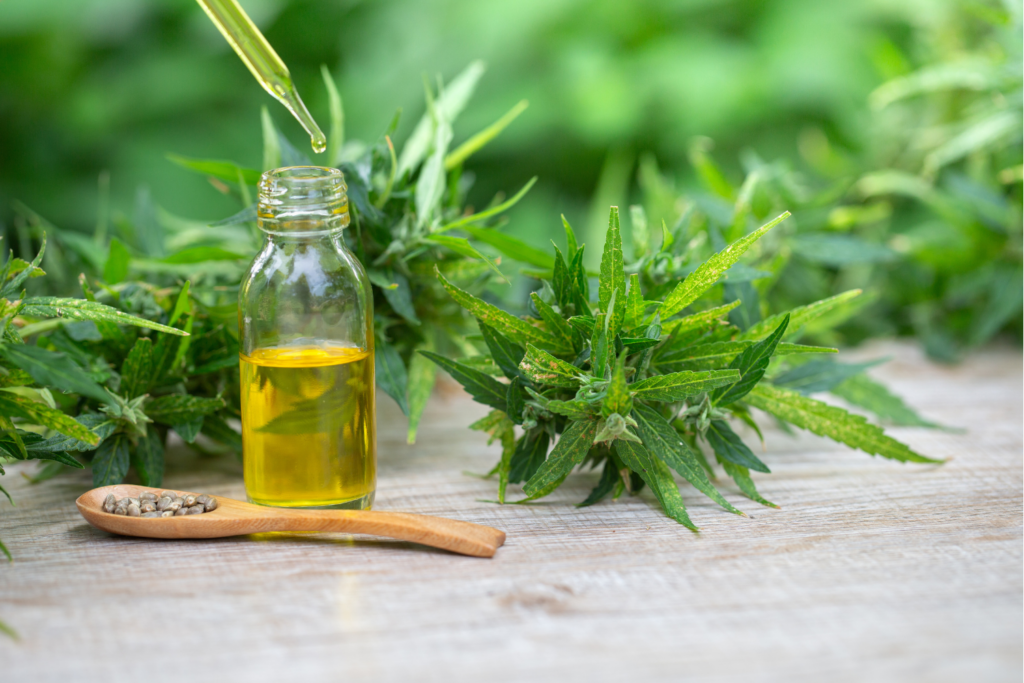
Key Takeaways: Is It Safe to Mix CBD & Caffeine?
Caffeine and CBD interact with each other to produce a synergistic effect of calmness and alertness on people without causing any clinically significant adverse effects.
While there’s always a chance for negative side effects when mixing CBD and caffeine, many people find the interaction of these substances to be more positive than negative. CBD is used alongside caffeine to reduce the most common side effects, including anxiety, jitteriness, insomnia, and muscle tension.
References
- Prieto JP, López Hill X, Urbanavicius J, Sanchez V, Nadal X, Scorza C. Cannabidiol Prevents the Expression of the Locomotor Sensitization and the Metabolic Changes in the Nucleus Accumbens and Prefrontal Cortex Elicited by the Combined Administration of Cocaine and Caffeine in Rats. Neurotox Res. 2020;38(2):478-486.
- Nazario LR, Antonioli R Jr, Capiotti KM, et al. Caffeine protects against memory loss induced by high and non-anxiolytic dose of cannabidiol in adult zebrafish (Danio rerio). Pharmacol Biochem Behav. 2015;135:210-216.
- Kot, M., & Daniel, W. A. (2008). -Caffeine as a marker substrate for testing cytochrome P450 activity in human and rat. Pharmacological reports, 60(6), 789.
Signup to our newsletter
Be the first to know about our newest arrivals and special offers!
